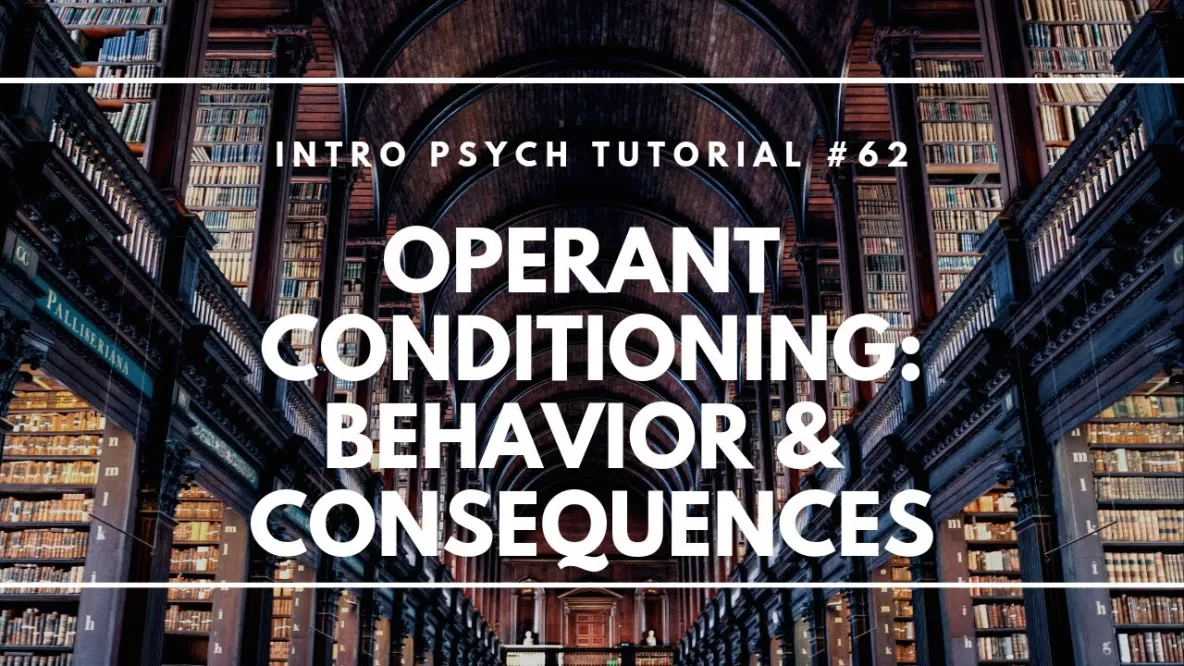In this video I explain the difference between classical conditioning and operant conditioning. Next I explain Thorndike’s work with cats in puzzle boxes which led to his Law of Effect. This approach was greatly expanded by B.F. Skinner’s work on operant conditioning which distinguished primary and secondary reinforcers, as well as positive and negative reinforcement and positive and negative punishment. … Read More
Classical Conditioning
In this video I introduce learning theory and the basic concepts of behaviorism. This begins with the work of Ivan Pavlov on classical conditioning and covers the basic vocabulary for discussing this type of learning including neutral stimulus, unconditioned stimulus, unconditioned response, conditioned stimulus, and conditioned response. Don’t forget to subscribe to the channel to see future videos! Have questions … Read More
Operant Conditioning – Schedules of Reinforcement
By closely monitoring the occurrence of behaviors and the frequency of rewards, Skinner was able to look for patterns. Receiving a reward each time the lever is pressed would be an example of continuous reinforcement. But Skinner also wanted to know how behavior might change if the reward wasn’t always present. This is known as intermittent reinforcement (or partial reinforcement). … Read More


